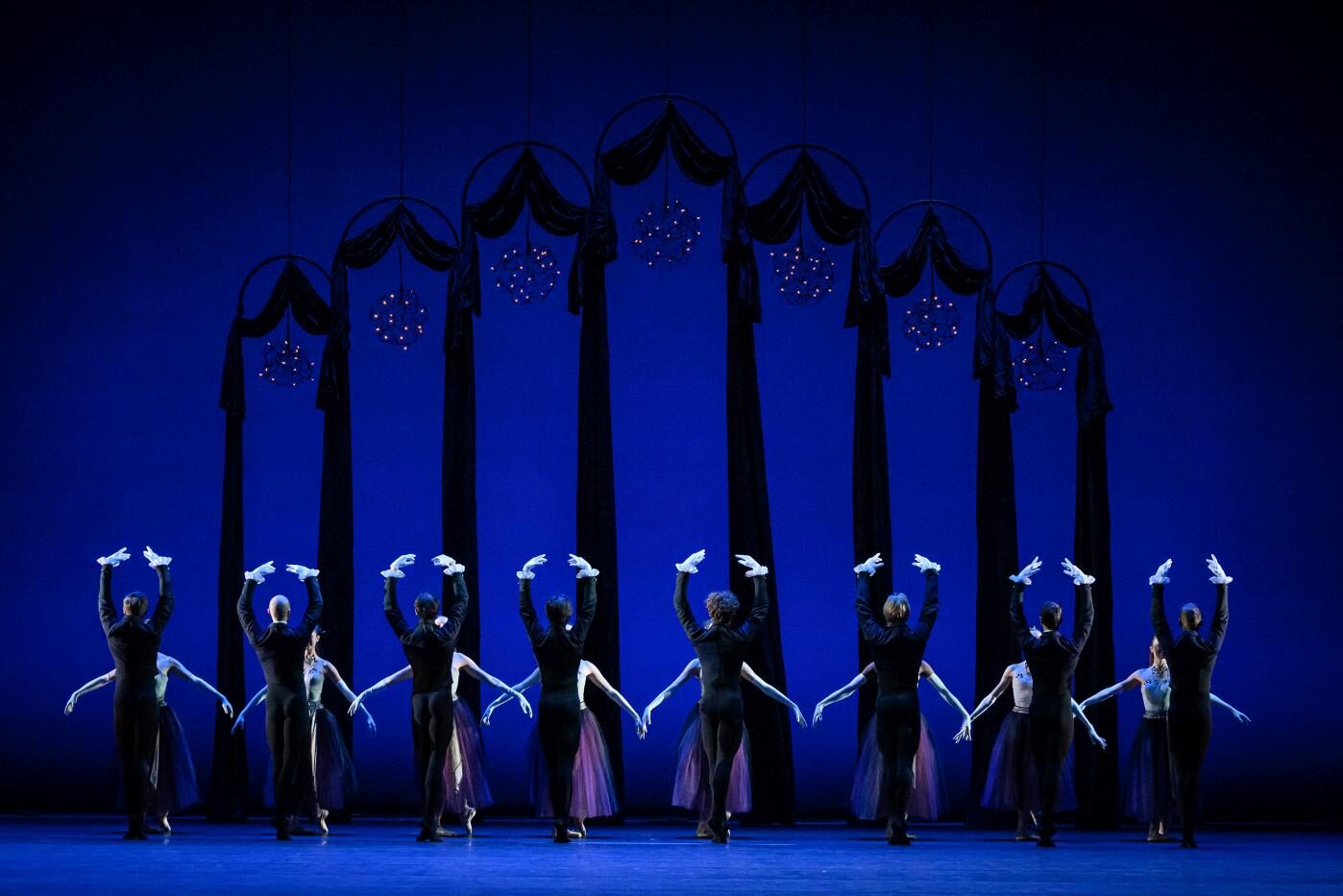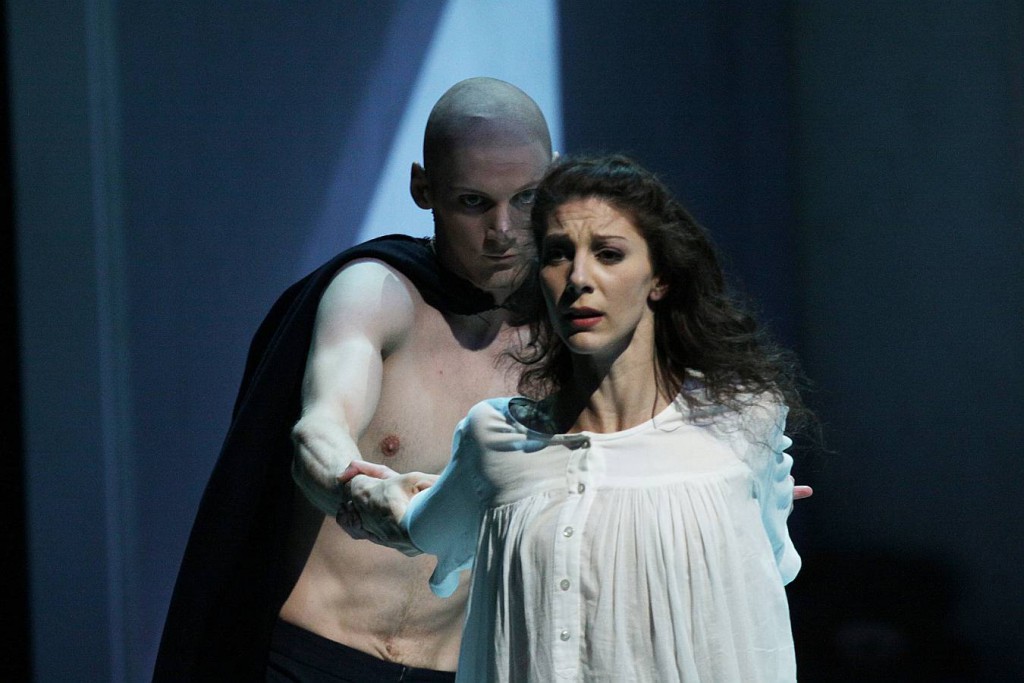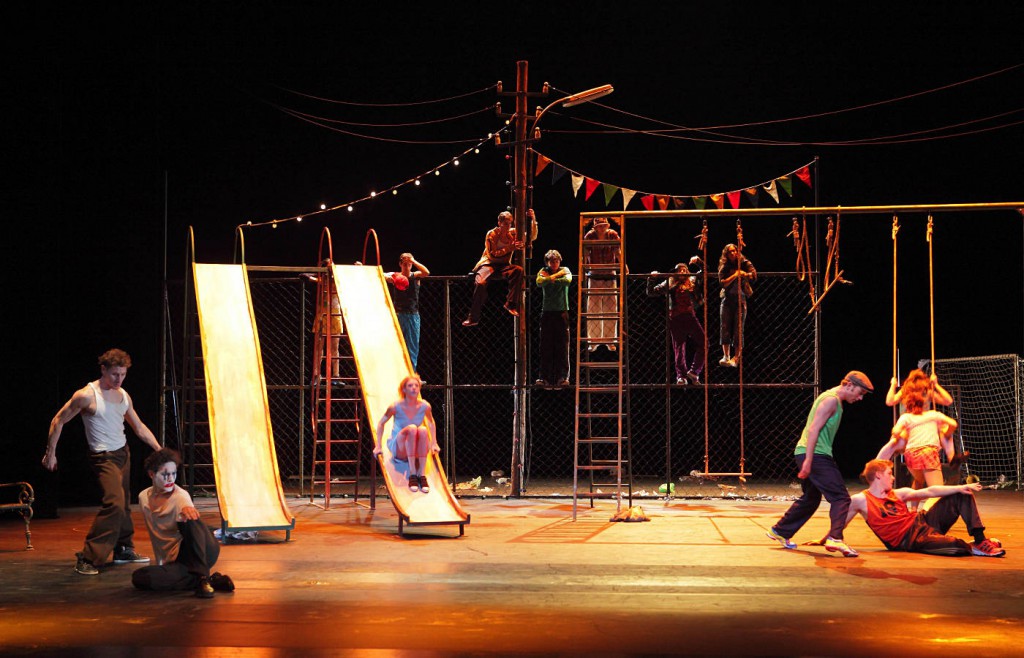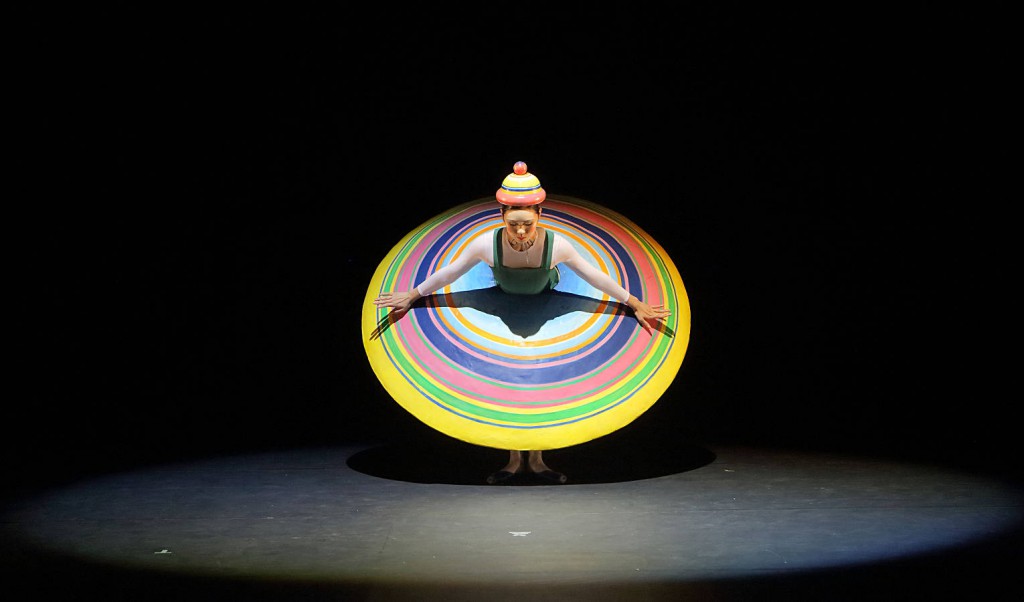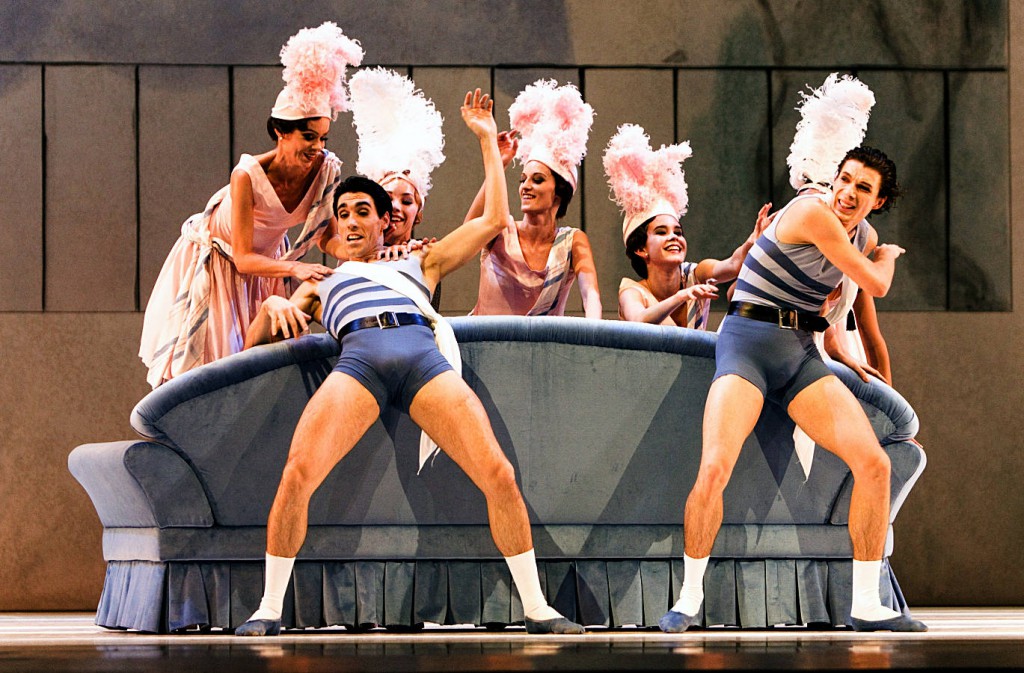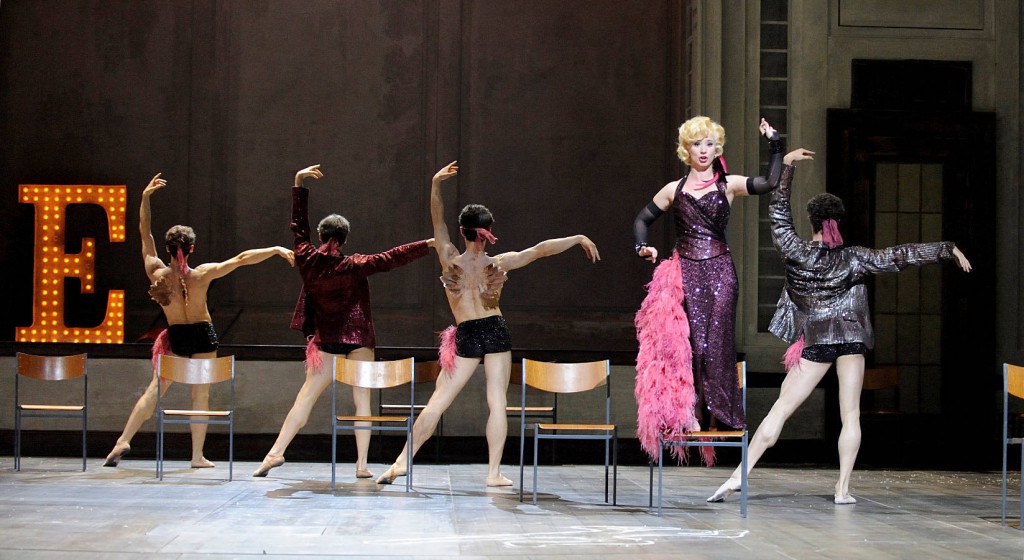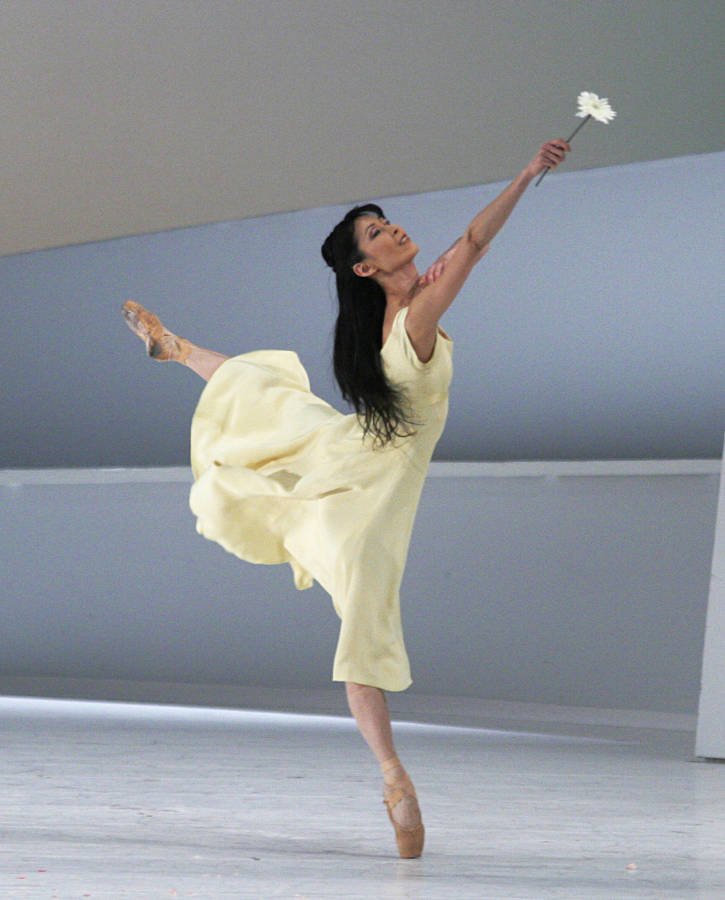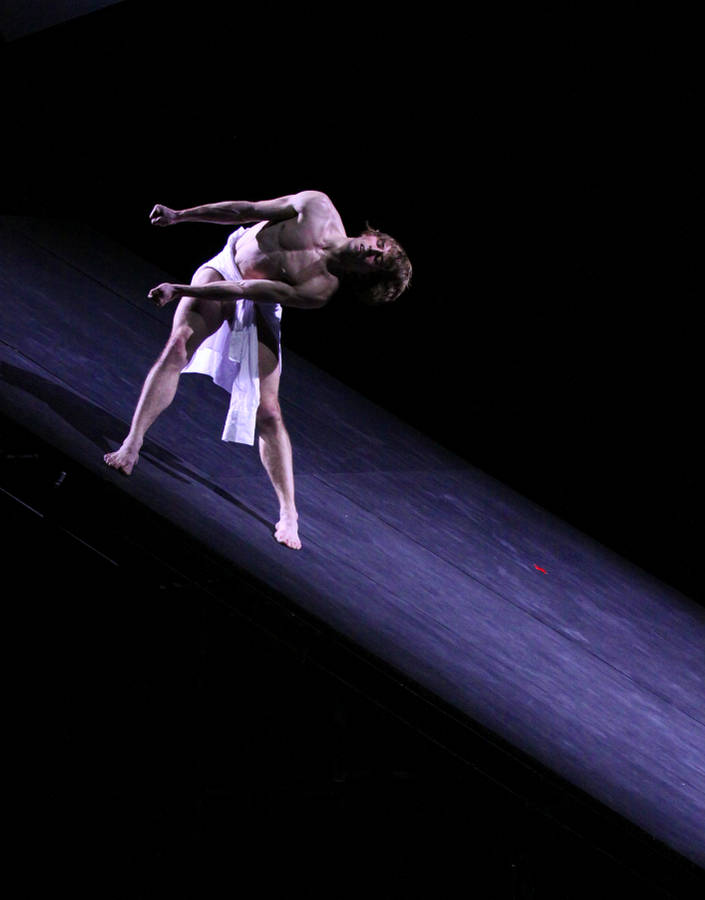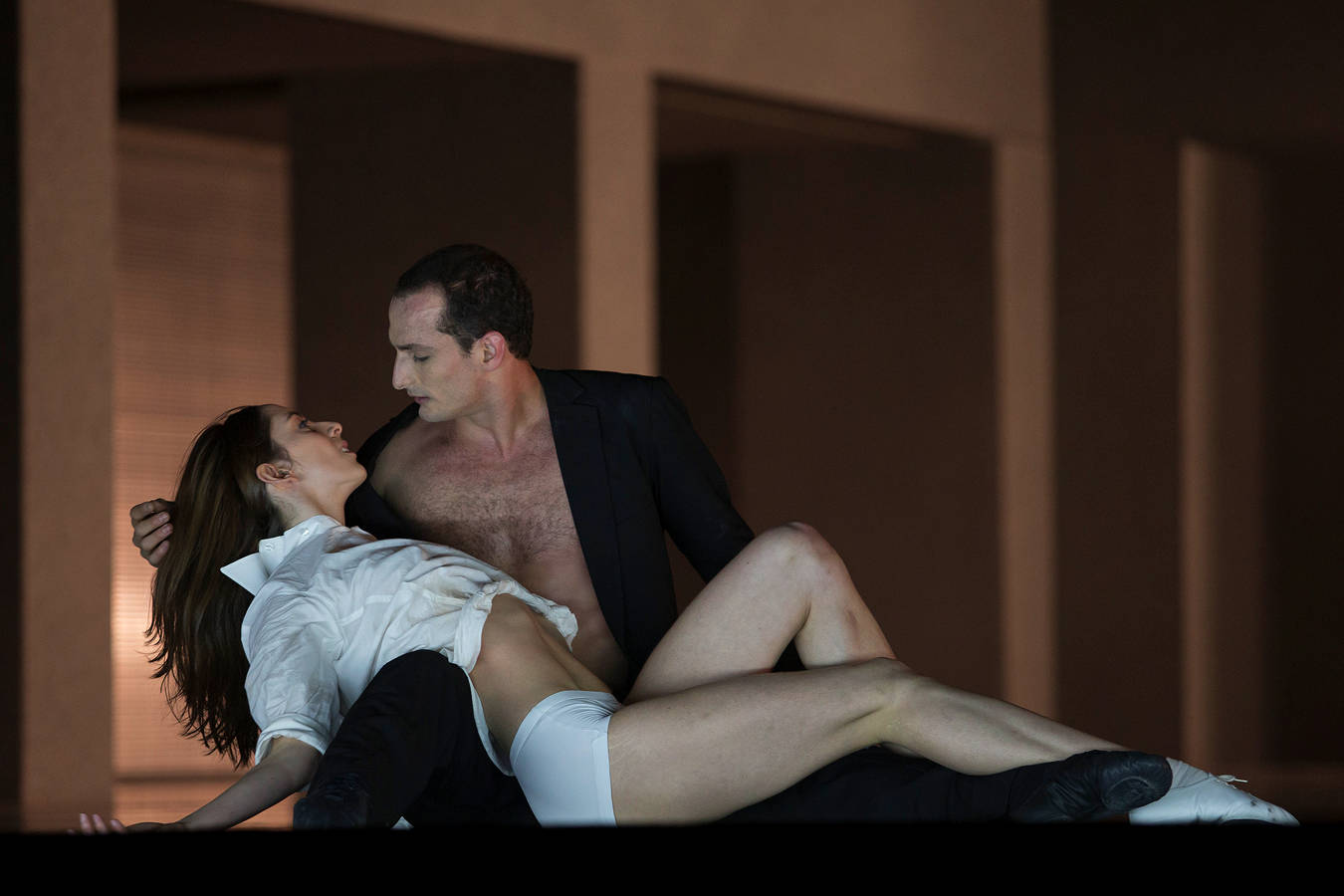Stuttgart Ballet’s Front Line Dancers
Stuttgart Ballet
Stuttgart, Germany
March 2014
by Ilona Landgraf
Copyright © 2014 by Ilona Landgraf
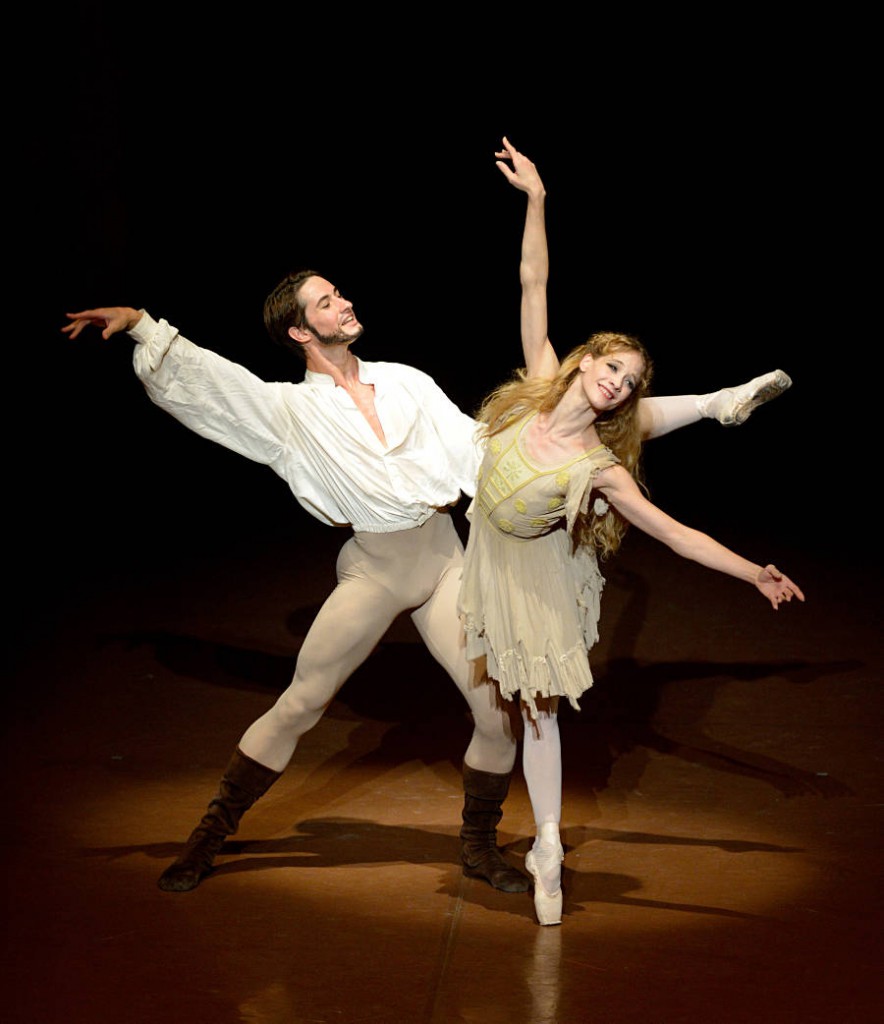 “Stuttgart Ballet” – the name conjures memories. The company became famous overnight in 1969 as ‘The Stuttgart Ballet Miracle’ following its visit to New York’s ‘Met’ (The Metropolitan Opera House). Luminous ballet stars like Marcia Haydée, Richard Cragun, Ray Barra, Egon Madsen, Vladimir Klos and Birgit Keil shaped the company. At the heart of things was John Cranko. The late director’s imprint remains present to this day on the walls of Stuttgart’s Opera House but above all on the minds and hearts of everyone. Since 1996, Reid Anderson has been at the helm of Germany’s flagship ballet troupe, which flourishes still today at the forefront of the dance world. Who are the dancers shaping Stuttgart Ballet now? Here are a few medallion portraits.
“Stuttgart Ballet” – the name conjures memories. The company became famous overnight in 1969 as ‘The Stuttgart Ballet Miracle’ following its visit to New York’s ‘Met’ (The Metropolitan Opera House). Luminous ballet stars like Marcia Haydée, Richard Cragun, Ray Barra, Egon Madsen, Vladimir Klos and Birgit Keil shaped the company. At the heart of things was John Cranko. The late director’s imprint remains present to this day on the walls of Stuttgart’s Opera House but above all on the minds and hearts of everyone. Since 1996, Reid Anderson has been at the helm of Germany’s flagship ballet troupe, which flourishes still today at the forefront of the dance world. Who are the dancers shaping Stuttgart Ballet now? Here are a few medallion portraits.
Alicia Amatriain, a Spaniard, currently is Stuttgart’s most versatile ballerina. In her prime technically, the thirty-three year old’s extensive repertory encompasses the most diverse of characters. The multifaceted Amatriain always immerses herself deeply in a role’s psychology, be it that of the hilarious Katharina (in Cranko’s The Taming of the Shrew) or the innocent Desdemona (in John Neumeier’s Othello). Amatriain intensifies dramatic atmospheres and stirs spectators’ emotions. Not only classic characters but modern women belong to Amatriain’s territory. She has relished working on new creations with many a choreographer (Marco Goecke, Demis Volpi, Christian Spuck and Douglas Lee among them). (more…)
